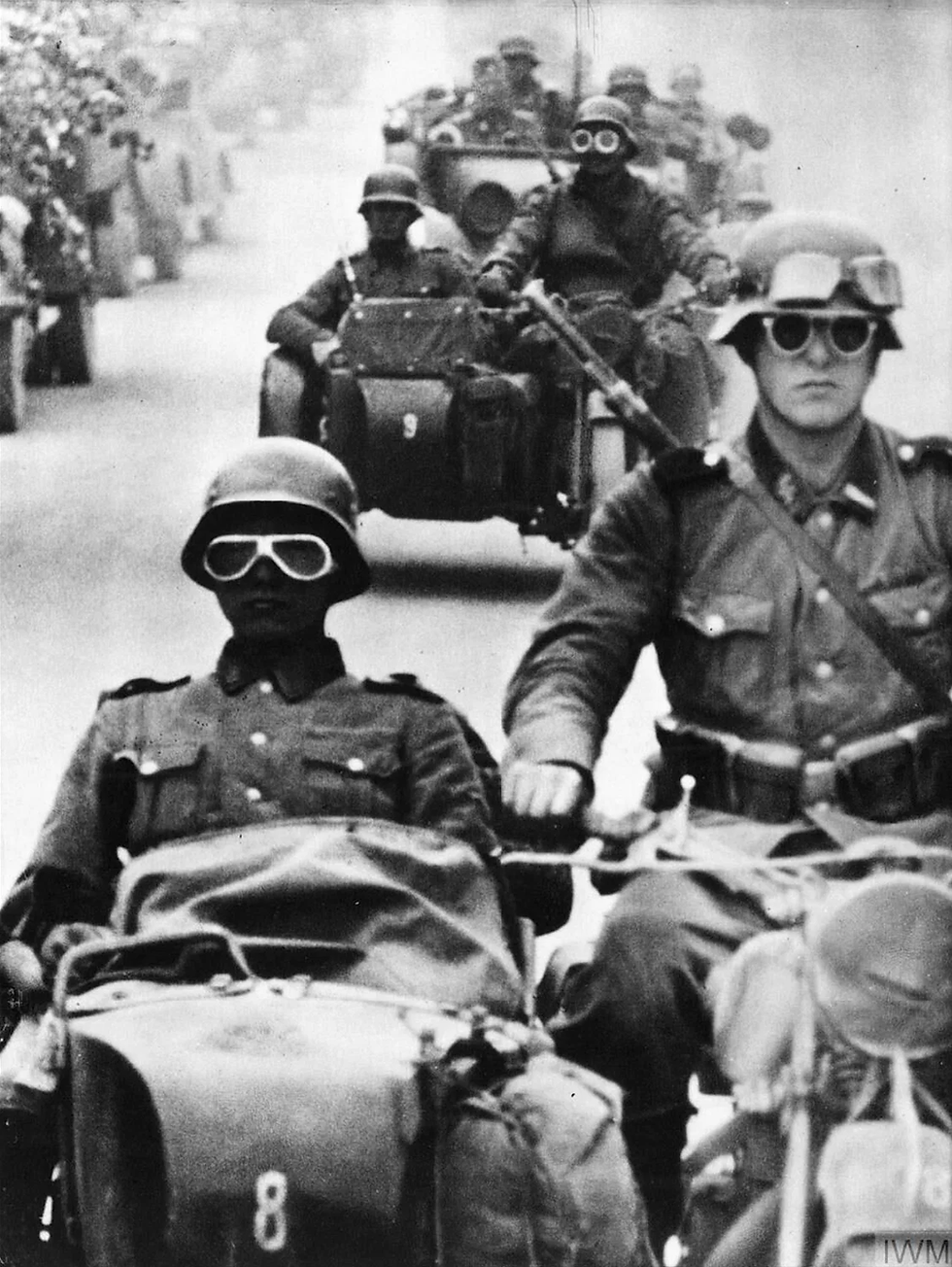Has the rise of China post-Mao been peaceful?
- Owen Whines
- Jun 1, 2024
- 4 min read
To assess whether China’s rise post-Mao was peaceful, one will look at the position within China both internally and externally, from Mao Zedong’s death in 1976. Classically described as the “peaceful rise” from Deng Xiaoping onwards, the emphasis internally was based on economic development and policies relating to an alleviation of poverty. With the remarkable growth within these areas came the expression within the public for changes politically as many remonstrated for democratic reforms, culminating in the Tiananmen Square Massacre. China also focussed on international collaboration, seen significantly through joining the World Trade Organisation and was able to succeed peacefully on a global scale, despite some disputes that led to further internal protests.
On one hand, the economic internal policies throughout the rise were successful and brought prosperity to most of China. The next leader of China, Deng Xiaoping introduced the idea of the “four modernisations”, of which its’ success can specifically be seen within the economy as plans to double the national GNP by the end of the 1980s and to quadruple by the end of the 1990s were both achieved. As a result of this, national unemployment dramatically decreased from over 80% to under 40% by 1999. This economic reform was considerably aided by the introduction of an Open-door policy set up in 1978. Deng created Special Economic Zones, areas on the Eastern coast with low taxes to attract foreign investors and trade and was successful to such an extent it is regarded as the factor that led to China being recognised today as the “world’s factory”. Thus, the massive growth of the Chinese economy after 1976 showed a peaceful rise in China, due to popular policies that were able to reduce unemployment and reduce poverty through expanding trade networks.
Despite this huge growth within the economy, this led to a growing gap between the urban and rural areas within China, whose income gap grew throughout the entire period. This urban-rural divide somewhat undermined the successes of the economy and led to discrimination between the two sides of the country, culminating in discontent due to the inequality of one another. This also led to a mass migration from these internal areas of China towards the coastal cities which had greater work opportunities. Yet due to the Household System, this divide remained as the migrants were unable to access education or free healthcare, which continued to further this discontent within China’s rural population. Furthermore, these new liberalizations within society led to discontent towards the central government as many wanted a more active political role and a turn towards democracy. Demanding these reforms, thousands of students began demonstrating in Tiananmen Square in 1989, growing up to an estimated one million, protesting wider issues such as that shown in the urban-rural divide. As a result, the government issued Martial Law leading to thousands being imprisoned and the deaths of over 200 citizens, showing the rise of China in this period invoked a new sense of freedom within the population which at first could only be suppressed with violence.
Despite this, international relations after the death of Mao can convincingly show this “peaceful rise” within China. Focus can be seen to shift towards non-aggressive participation within the global order and international relations throughout this period, significantly seen within the continued membership with the United Nations and joining the World Trade Organisation in 2001. The membership with the World Trade Organisation, despite some restrictions relating to liberalising state-owned businesses, led to more access to the Chinese market due to a reduction of imported and exported tariffs, resulting in a large growth of exports and thus a high fluctuation of the GDP. Consequently, these huge developments enabled China to participate on a global scale actively and peacefully, and coupled with continued privatisation, led to China having the largest Asian economy in 2005.
However, the growing power of China led to disputes within the global arena because of increased patriotism internally. The most significant protest over international relations came after the Bombing of the Chinese Embassy in Belgrade in 1999 by the United States. As a result, huge demonstrations occurred throughout the country, urging the government to take strong action against the USA, culminating in attacks against US government buildings within China. Further strong protests took place in 2005 and 2012 over disputes with Japan, with the latter most significantly seen over the claiming of the Diaoyu Islands. Therefore, this shows the rise of nationalistic thought and patriotism within the population led to further protests over foreign affairs. Combined with the earlier protests over the economy and politics the people of China were willing to use violence to demonstrate their views, yet still in an internal position. This view of a “peaceful rise” can still be attributed externally as the Chinese government was able to grow its economy internationally without the use of force or power, instead opting to use diplomacy throughout this period.
So, in conclusion, to claim that the rise of China post-Mao was peaceful is limiting. The rise of China on the home front can be shown within the “four modernizations”, specifically with the economy. Although successful policies for most, there became a greater Urban-Rural divide, which sustained protests and led to the Tiananmen Square Massacre, showing the greatest suggestion of a non-peaceful rise due to internal reasons. Despite some violent protests on international disputes, through joining global organisations such as the World Trade Organisation, China was able to greatly boost its economy through greater trade opportunities, via an external peaceful diplomatic method.
Image: Jeff Widener/AP Images










Comments